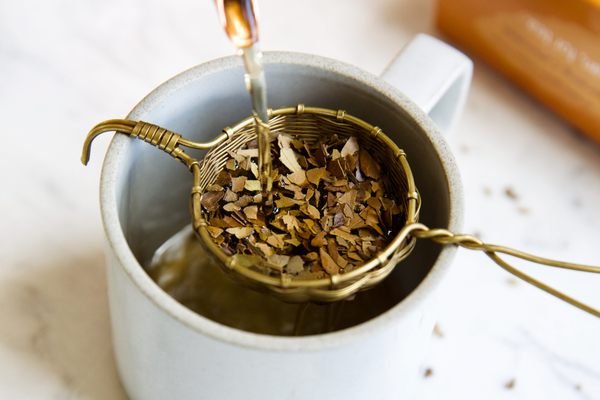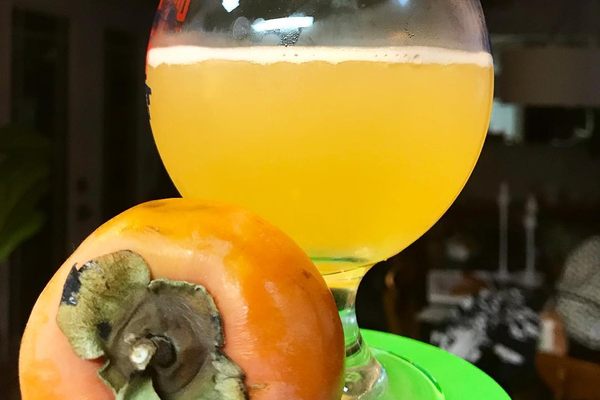Before Gatorade, switchel was America’s electrolyte-enhancing, thirst-quenching sweetheart. For centuries, farmers have sworn by the stuff, claiming it “quenches the thirst, clears the throat and nose of dirt and hay, provides a boost of energy, and keeps the body from getting sick.” Around the fields, shrouded beneath the shade of a tree, or tucked alongside a cool stream, ceramic jugs of switchel were a common sight.
American settlers relied on switchel to quench their thirst from the 1700s through the 1900s. Early colonists made the tangy brew by combining fresh ginger, apple cider vinegar, and water with a regionally dependent sweetener. In New England, they used molasses via the Caribbean rum trade. Out on the frontier, honey was more accessible. In the Deep South, sorghum stood in.
The drink was refreshing and tangy, like a glass of fresh lemonade. But it didn’t involve the hassle of transporting citrus inland (a task that was less simple a few hundred years back). It also offered the pleasurable burn of something containing alcohol, but didn’t. Temperance advocates were big fans.
People didn’t understand the scientific reasons for switchel’s health-boosting effects; they just knew it worked. Many of the ingredients help strengthen the immune system. Ginger has anti-inflammatory power, molasses chips in potassium (an electrolyte), and raw apple cider vinegar offers a whole host of microbial gut benefits.
Switchel is even more versatile than a certain neon-tinted soft drink. In recent years, it’s resurfaced—not on the sidelines at basketball games, but on the shelves at bars. Try it with soda water and citrus (and maybe your favorite spirit, if you’re over 21) for a bona fide cocktail packed with health benefits.
Written By
 rachelrummel
rachelrummel














